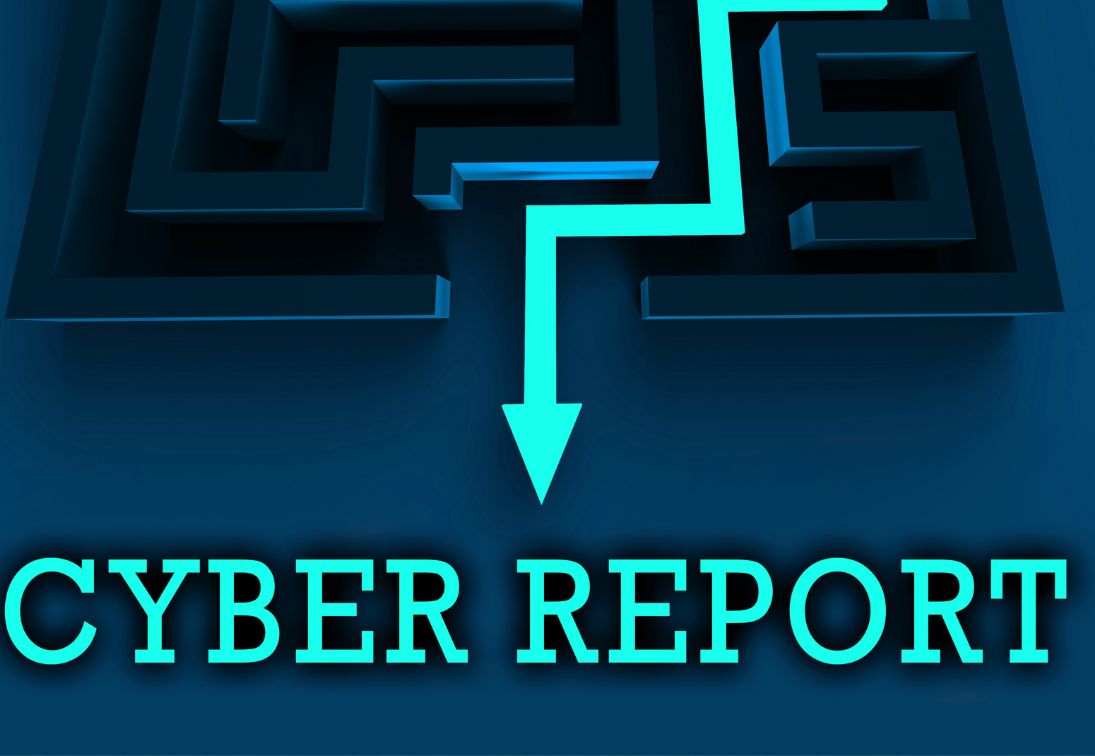Cyber Report: Building a Proactive Control System and Cyber Report for Senior Management In the digital age, where cyber threats are escalating, boards of directors and senior executives cannot afford to be left out of the picture. The responsibility for managing cyber risks and information security is an integral part of proper corporate governance, with regulators, investors and shareholders expecting a high level of control and reporting. Does your company's board of directors receive a true picture of the organization's cyber situation?
Why must a board of directors be involved in cyber risk management?
- Legal and regulatory responsibilities are expanding – regulations like GDPR, SOC2, ISO 27001 and privacy protection laws in Israel Requires ongoing monitoring and control of cyber risks.
- Direct impact on the stability of the organization – serious cyber incidents can lead to business downtime, damage to reputation, and significant financial losses.
- Investor and shareholder requirements – A board of directors that is considered responsible and aware increases investor confidence and reduces investment risk.
- Improved response readiness – A board that understands the security situation in real time can respond quickly and prevent long-term damage.
A worrying statistic: A global report indicates that 70% of companies do not provide the board of directors with comprehensive information about cyber risks, which could lead to a lack of preparedness in the event of an attack.
How to build an effective reporting and control system for the board of directors?
1. Determining cyber KPIs for ongoing monitoring
In order for a board of directors to make informed decisions, it must rely on measurable and clear data.
- What to include in cyber reports?
- A number of attack attempts that were thwarted – to understand the scope of threats to the organization.
- Response time to critical threats (MTTR – Mean Time to Respond) – a key measure of the effectiveness of the security system.
- Level of regulatory compliance – Does the company comply with all legal requirements and standards?
- Active security gaps and steps taken – what are the critical weaknesses in the organization and how are they being addressed?
Desired result: A board of directors that receives relevant information in real time, and not just in periodic reports that lose their relevance.
2. Building an effective reporting mechanism for management
How to effectively communicate the cyber situation to the board of directors? What to do?
- Short and focused periodic reports – clear and understandable data must be conveyed, without overly technical “cyber language.”
- Quarterly presentation to the board of directors – including a summary of the security status, risk assessment, and action plans for improvement.
- Using a risk map and visual graphs – to illustrate vulnerabilities and manage priorities.
- Establishing an internal cyber committee – which will be responsible for managing security discussions and will report directly to the board of directors.
Desired result: Management that understands the business significance of information security and can make quick and effective decisions.
3. Integrating information security into the business decision-making process
Information security is no longer an “operational” issue – it is a critical part of an organization’s business strategy. How to make cyber an integral part of business planning?
- Examining cyber risks in every new business project – including mergers, acquisitions and new product launches.
- Board involvement in budgetary decisions regarding IT and security – ensuring that the investment provides a real response to threats.
- Placing information security as one of the pillars of growth and innovation plans.
Desired result: Every business decision will be made with an understanding of the implications for information security and business continuity.
4. Cyber Incident Practice and Response – Board of Directors Emergency Preparedness
When a cyberattack occurs, an unprepared board of directors can cause dangerous delays in crisis management. What to do?
- Periodic cyber drills for management – simulations of ransomware attacks, system hacking, and information theft.
- Defining a clear emergency procedure – in the event of an information leak or serious attack.
- Establish a dedicated response team – with a clear division of roles between senior management, IT teams, and legal and regulatory teams.
Desired result: Management that is not surprised, but knows exactly how to act during a cyber incident.
Summary – How should a board of directors prepare for ongoing oversight of information security: a cyber report?
Cyber risk management is a board responsibility for all intents and purposes. The three critical steps every board must implement now:
- Obtaining clear and measurable cyber data – presenting performance indicators that will allow management to monitor the company's level of protection.
- Integrate information security into business decisions – ensure that every strategic process includes an examination of security risks.
- Emergency preparedness and cyber drills for management – cyber incident response drills as part of ongoing risk management.
The goal: a proactive board of directors that knows how to prepare, monitor and respond to any business cyber scenario. A company that is managed safely is a company that provides security to investors, customers and employees. Cybersecurity and IT – Two Worlds, One Solution About the Author:












